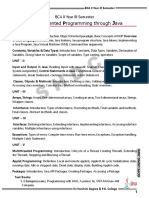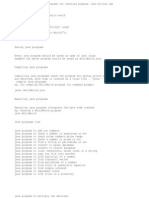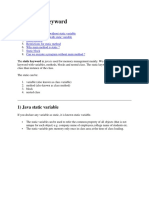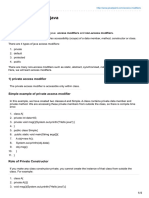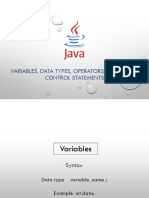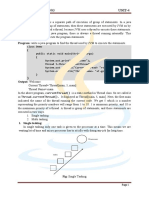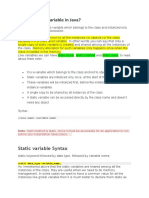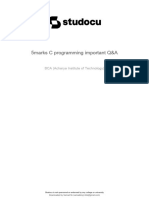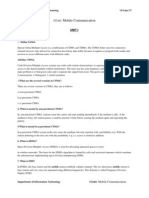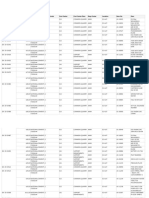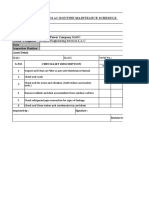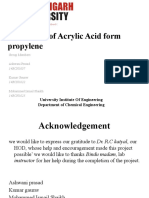0% found this document useful (0 votes)
509 views21 pagesPresentation 1 Introduction and History of Java1
Java was created by James Gosling at Sun Microsystems in 1991. It was originally called Oak after the tree outside Gosling's office, but was renamed Java due to trademark issues. Java is an object-oriented programming language designed for use in internet applications and is known for its portability, security, and ability to run on multiple platforms. The Java development process involves five phases - create/edit, compile, load, verify, and execute.
Uploaded by
Mon ChingCopyright
© © All Rights Reserved
We take content rights seriously. If you suspect this is your content, claim it here.
Available Formats
Download as PPTX, PDF, TXT or read online on Scribd
0% found this document useful (0 votes)
509 views21 pagesPresentation 1 Introduction and History of Java1
Java was created by James Gosling at Sun Microsystems in 1991. It was originally called Oak after the tree outside Gosling's office, but was renamed Java due to trademark issues. Java is an object-oriented programming language designed for use in internet applications and is known for its portability, security, and ability to run on multiple platforms. The Java development process involves five phases - create/edit, compile, load, verify, and execute.
Uploaded by
Mon ChingCopyright
© © All Rights Reserved
We take content rights seriously. If you suspect this is your content, claim it here.
Available Formats
Download as PPTX, PDF, TXT or read online on Scribd
/ 21



